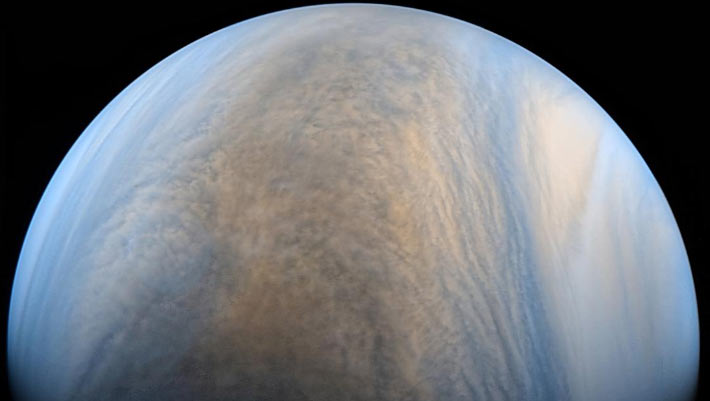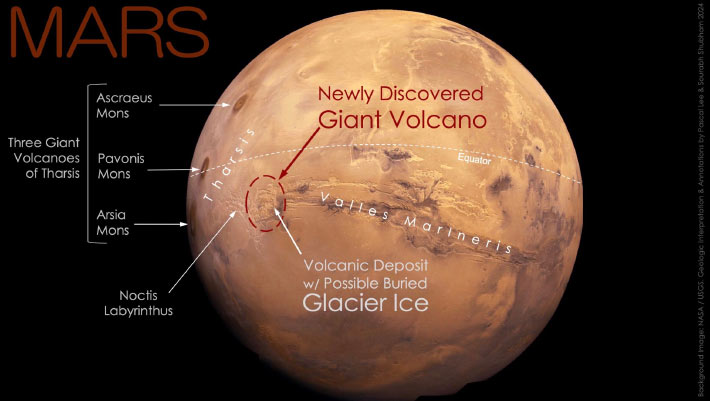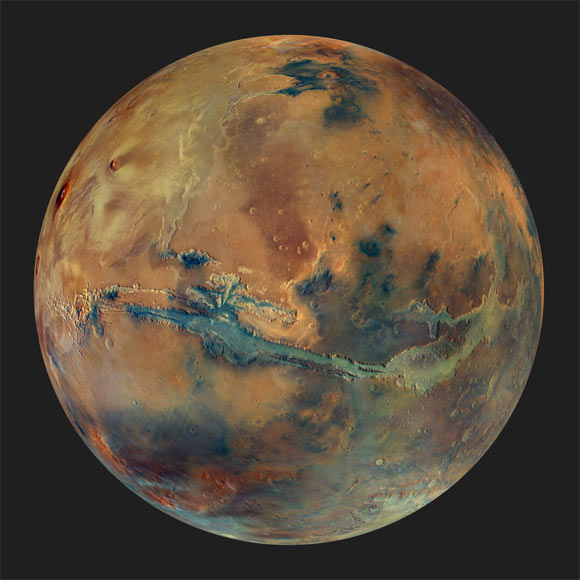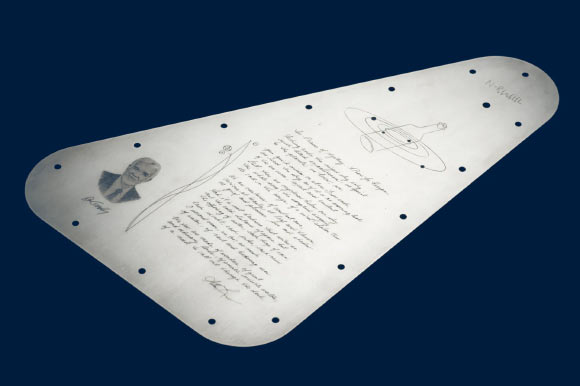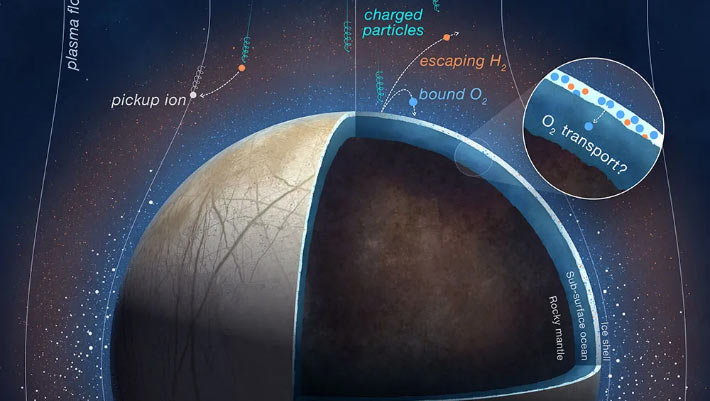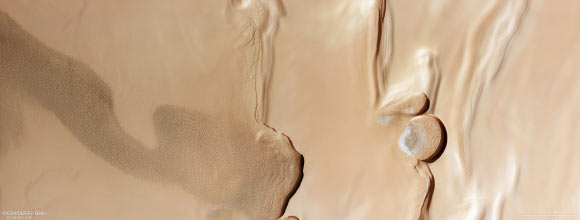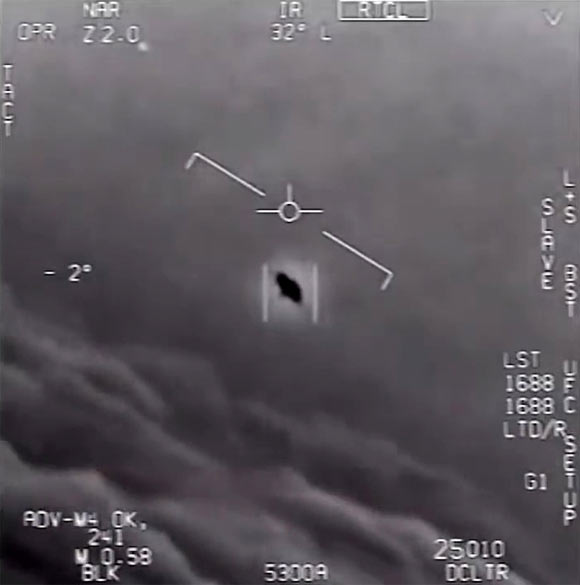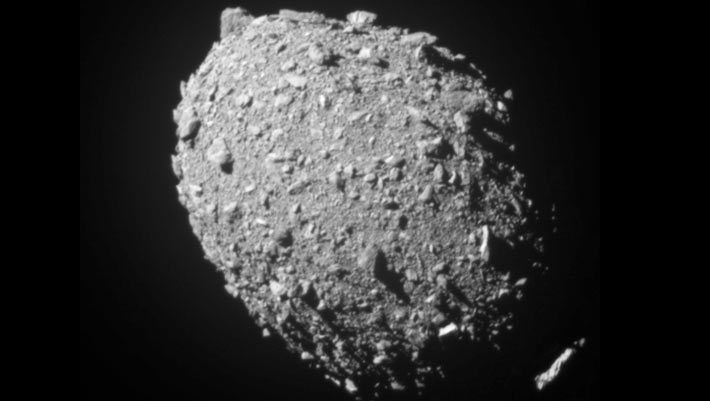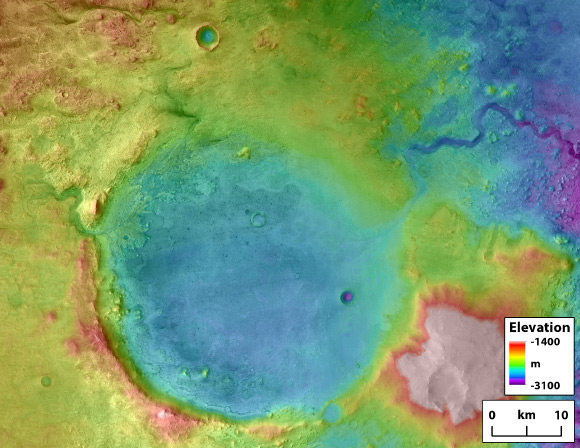Clouds of Venus Could Be Hospitable for Some Forms of Life, New Research Suggests
Planetary scientists have long speculated about the potential habitability of Venus, not at its hot surface, but in the cloud layers located at 48-60 km altitudes, where temperatures match those found…


